
Geographical Focus: Worldwide
Categories:
End node (sensors or other devices), Gateway, Hardware, Module
Commercial Contact:
sales@dragino.com
Technical Contact:
support@dragino.com
Dragino Technology Co., Limited
info@dragino.com
Verticals:
Read the latest Beecham Research report: Leveraging LoRaWAN® for Smart Cities. Download Now
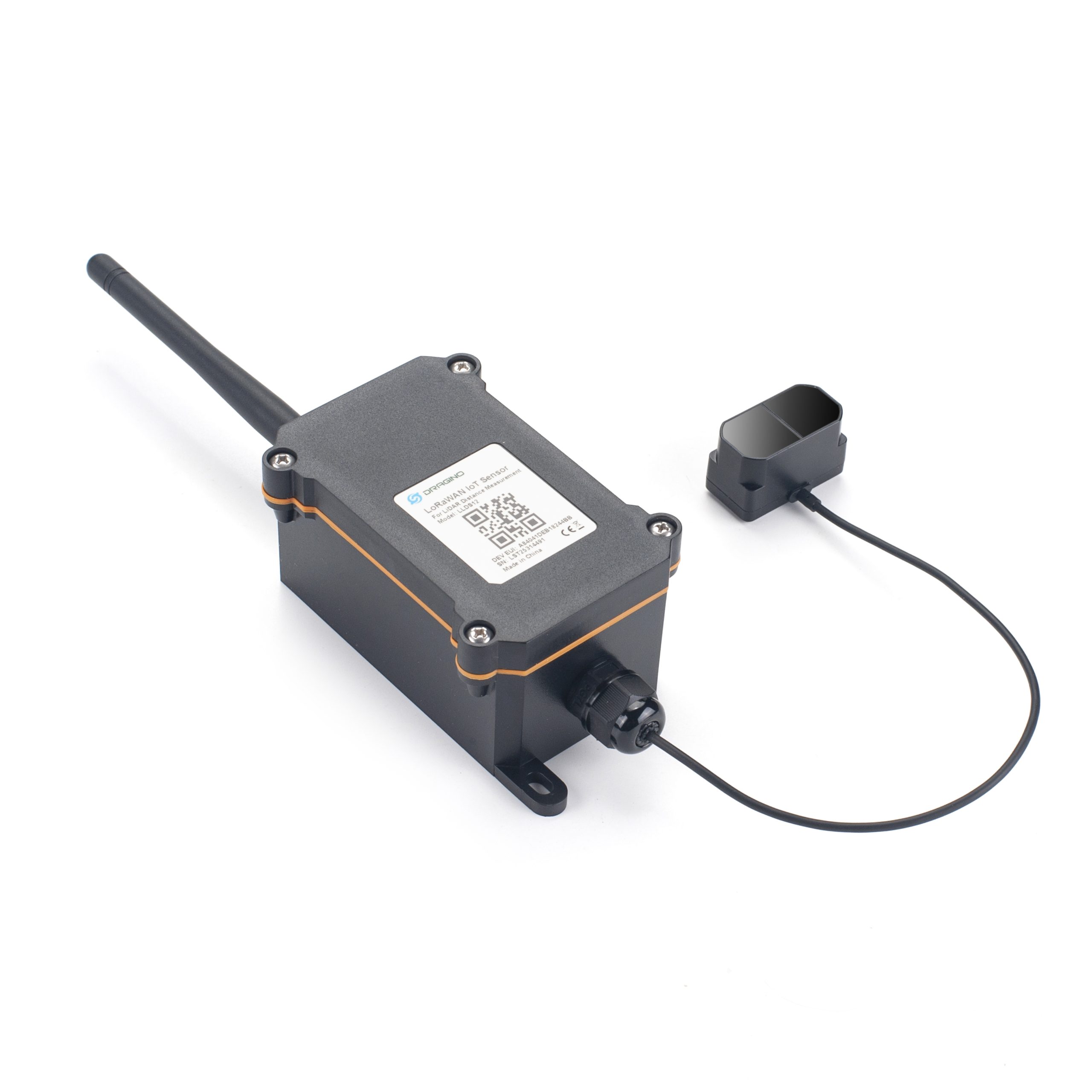

Dragino Technology Co., Limited
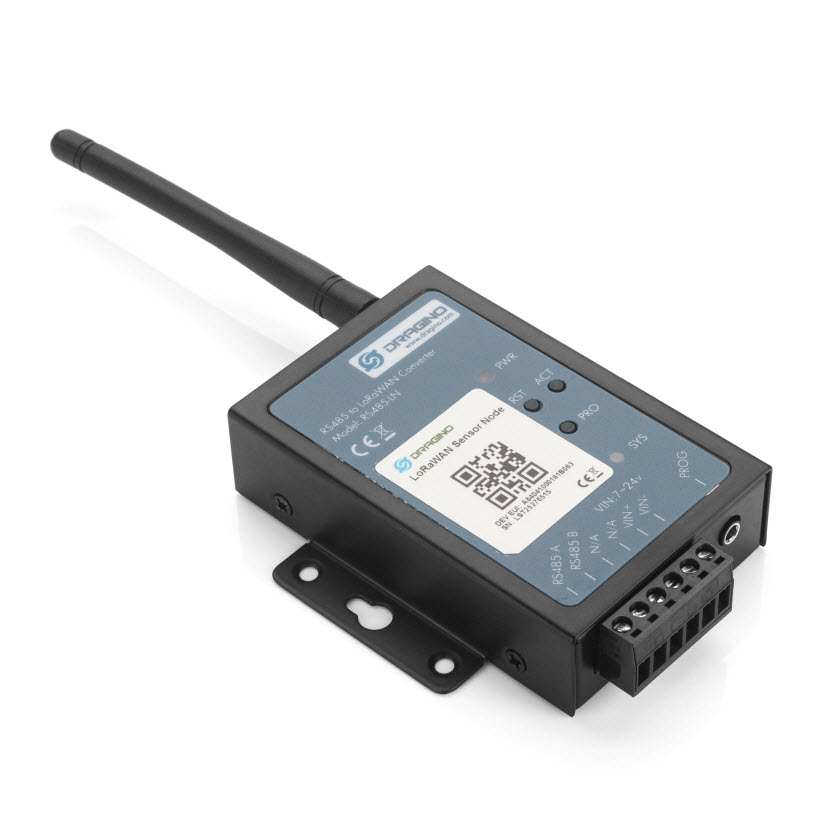
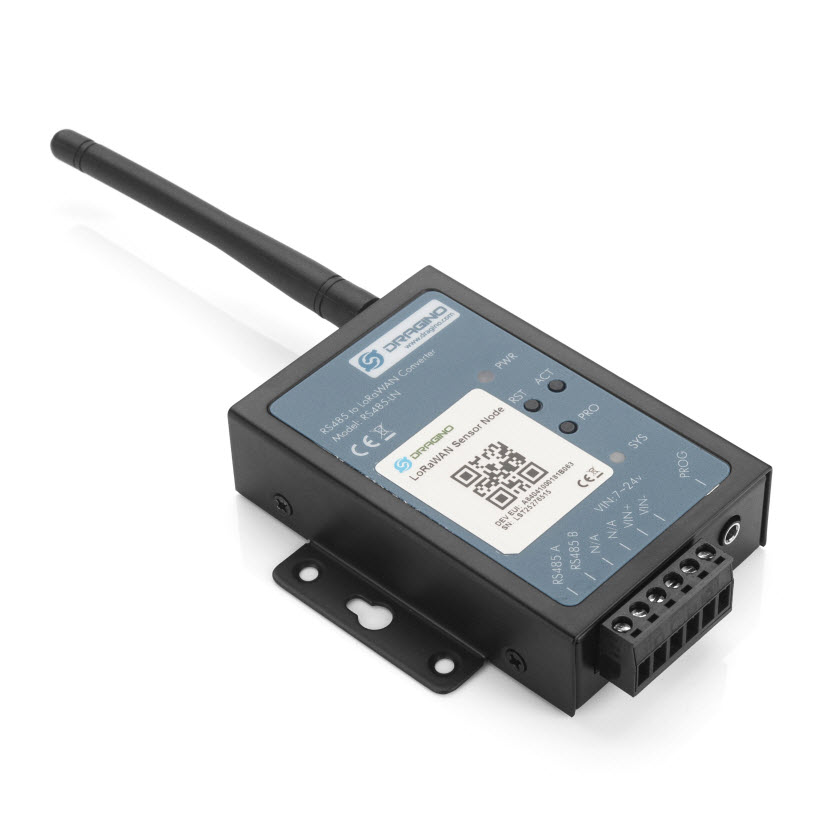







Dragino Technology Co., Limited









Dragino Technology Co., Limited









Dragino Technology Co., Limited
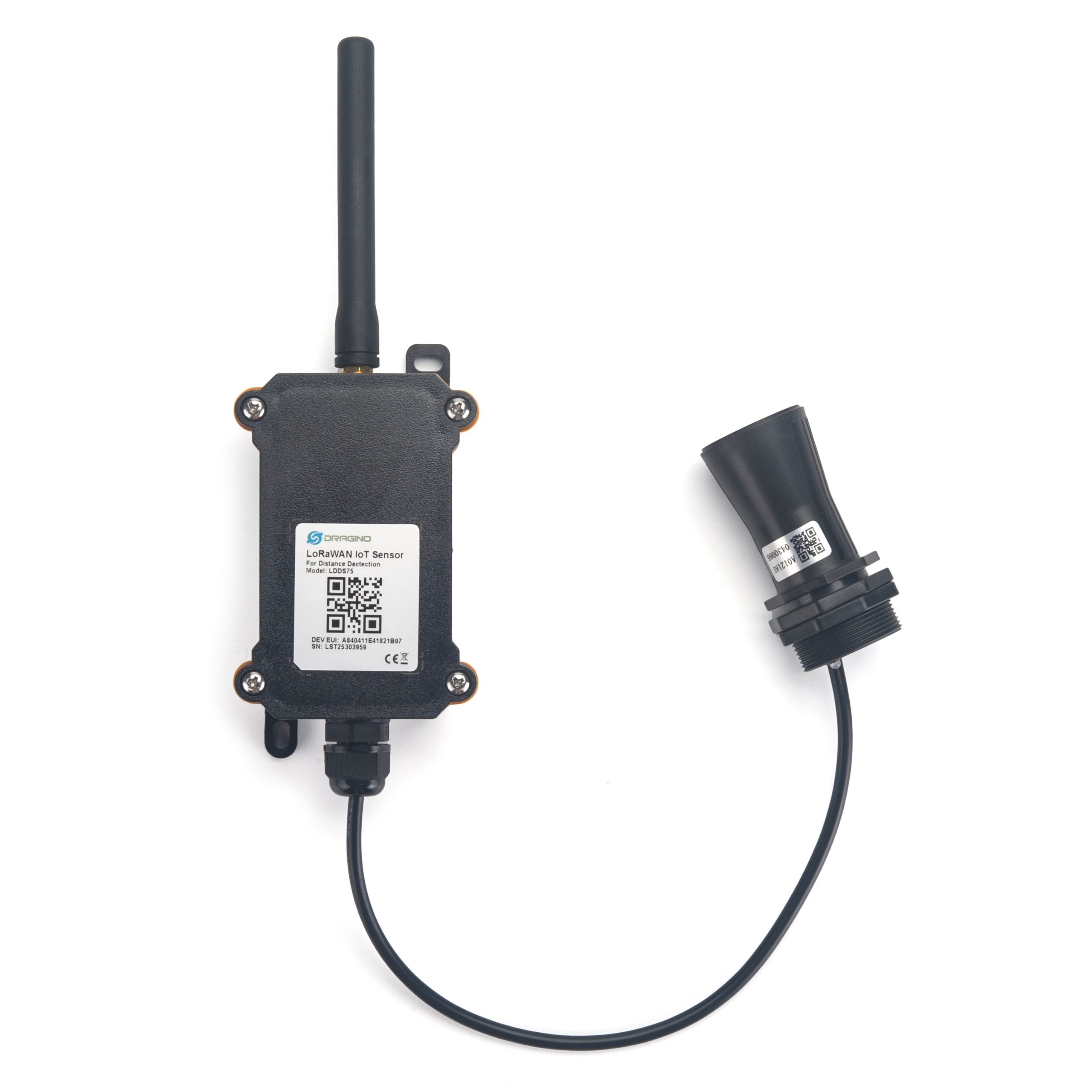
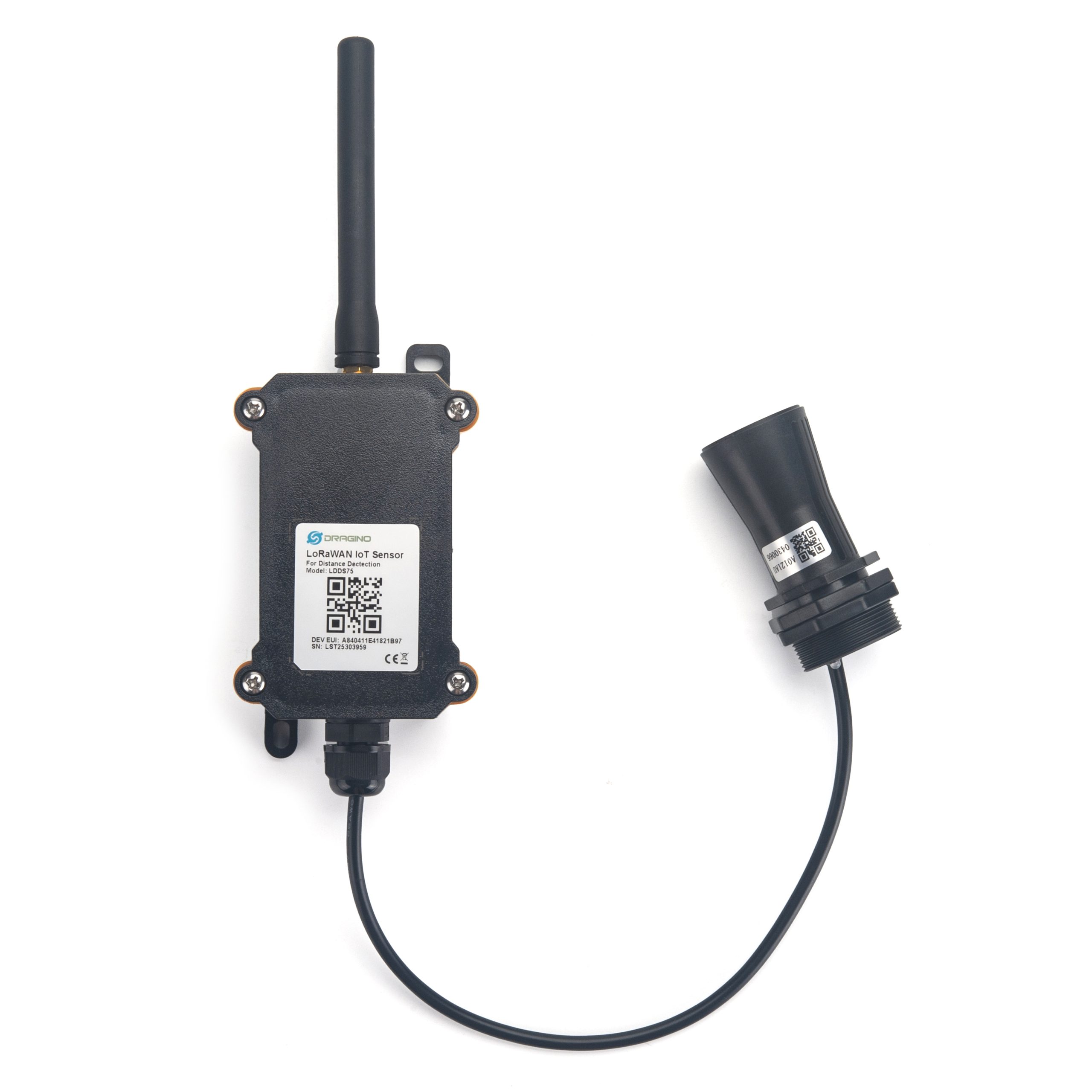







Dragino Technology Co., Limited
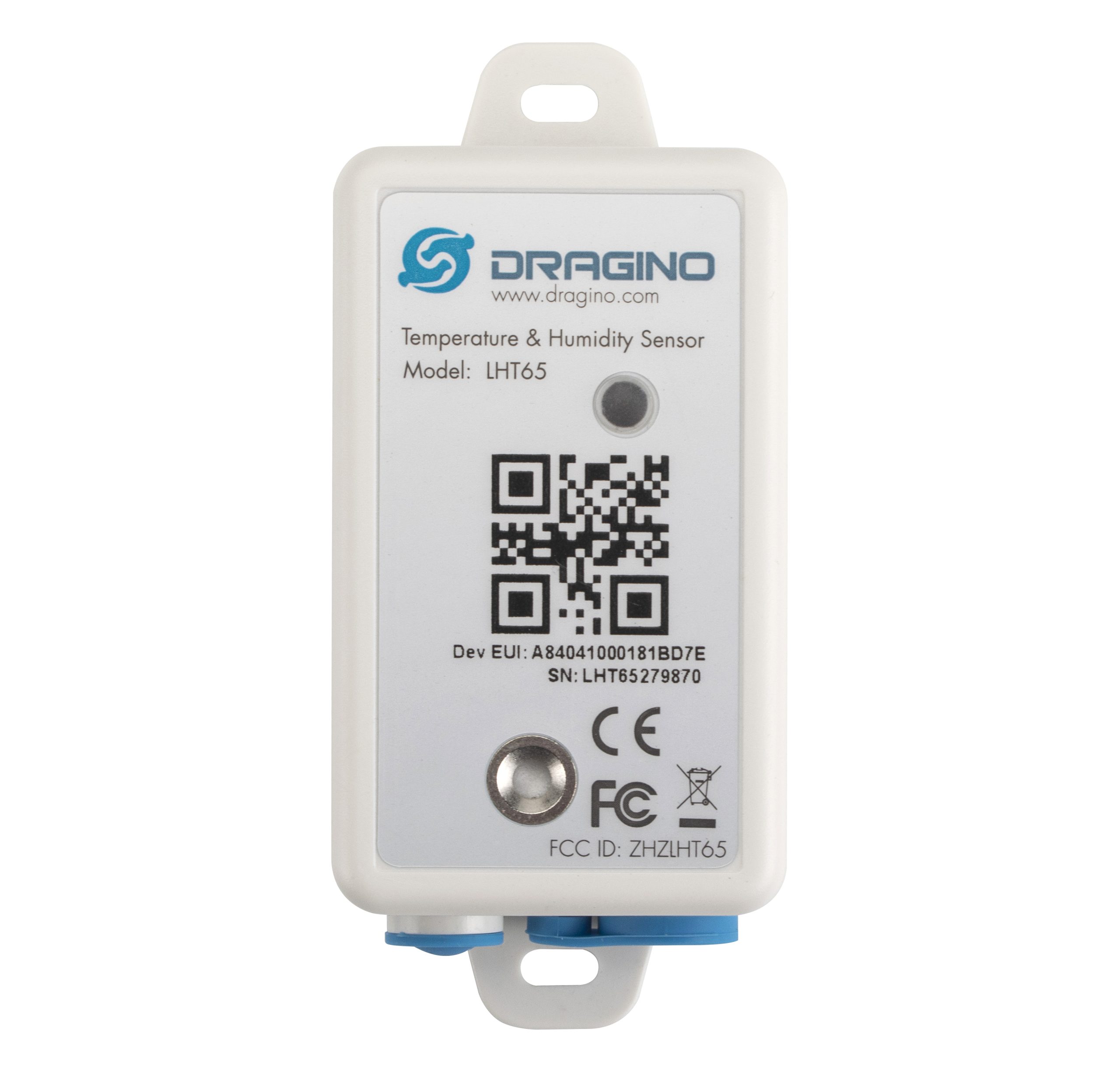
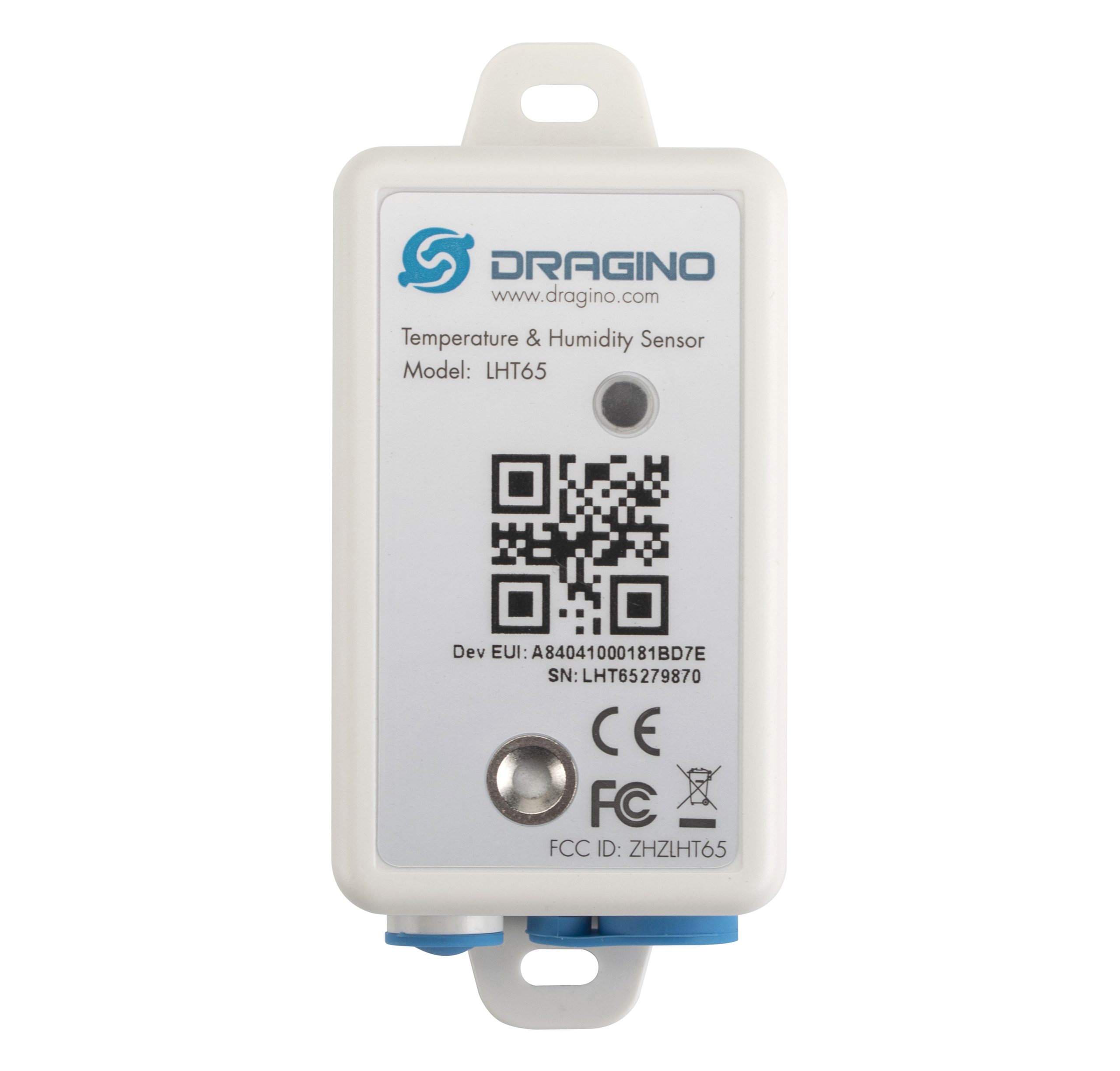







Dragino Technology Co., Limited











Something false on this page? Report